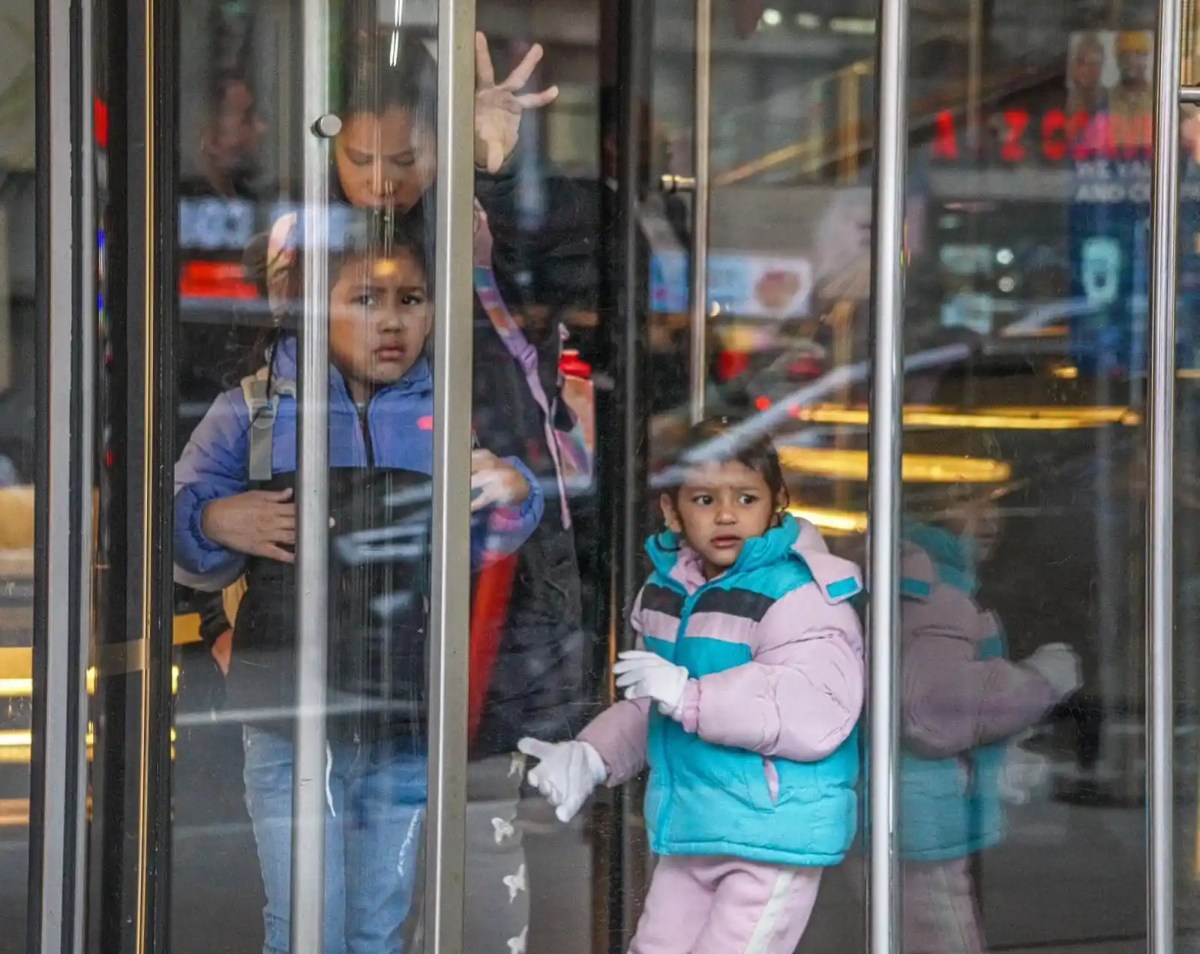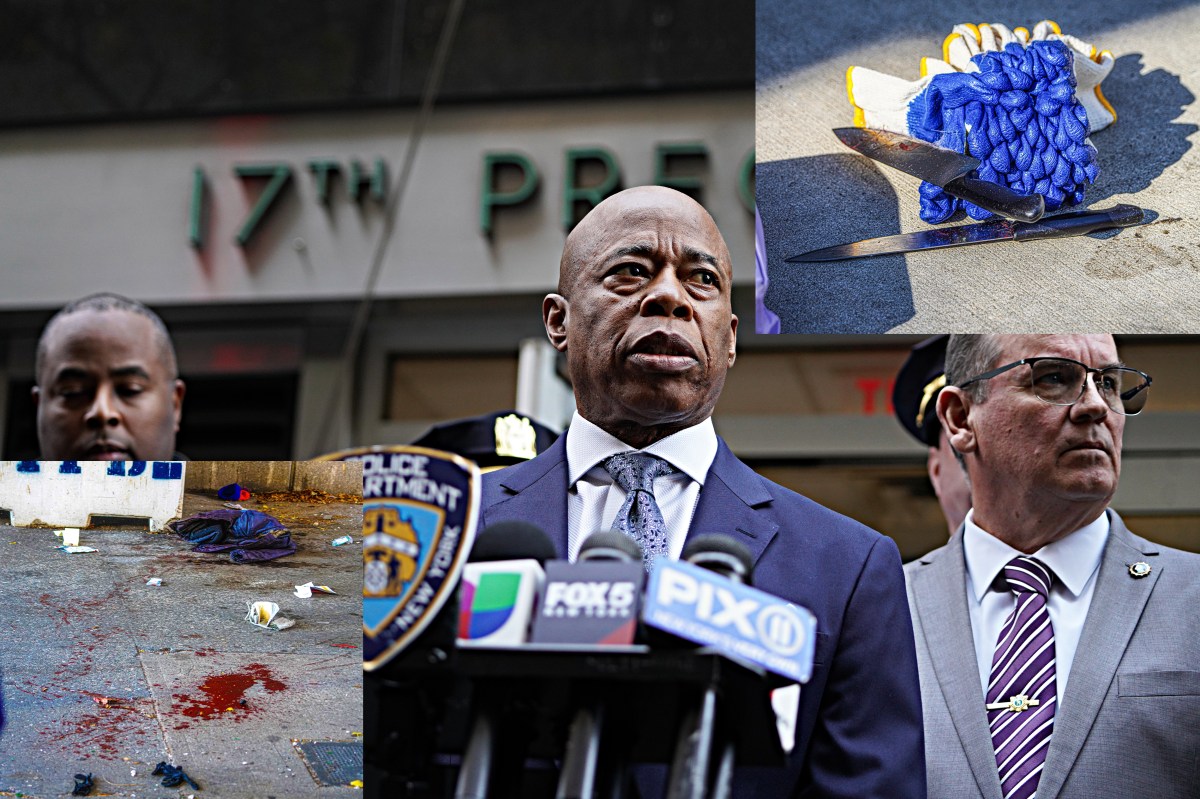A note from the editor
I remember one of my first journalistic assignments covering a catastrophe. It was Hurricane Georges in 1998. We saw great devastation throughout the island of Puerto Rico. Since then, Puerto Rico has not experienced an emergency situation that can be described as catastrophic.
We have been lucky and many say we are a blessed island, but the truth is that this September has come with great force. Just a couple of weeks ago we were about to receive the full fury of hurricane Irma, a category five system. Just watching the official weather reports caused a lot of anxiety, but in the end, Irma remained north of Puerto Rico and only hit the island with tropical storm force winds. Free from the scourge of the hurricane, Puerto Ricans set out to help the residents of the islands that did receive the direct impact of Irma.
Now, just a week and a half later we are again facing the threat of a category five hurricane, María. Forecasts indicate that this time the eye of the hurricane will make landfall in the island. Fear and anxiety are perceived among residents of the island because of a tropical system with such a destructive power not seen for generations.
The truth is that most people expect so much rain and winds of such force, that we know it will take a long time for Puerto Rico to get back to normal. We’re committed to report on the impact of María and the recovery process ahead. — Aiola Virella, Editor-in-Chief, Metro Puerto Rico
Puerto Rico Braces for Hurricane Maria
The largest hurricane to cross Puerto Rico in nearly a century was about 200 miles from the island by Tuesday afternoon, and Metro Puerto Rico was ready to cover it.
Hurricane Maria, a category 5 storm with sustained winds of 165 miles per hour, has already been cataloged as a “catastrophic” system by the governor of Puerto Rico, Ricardo Rosselló, and the call is clear: stay in a safe place.
“No generation has seen a hurricane like this since San Felipe II in 1928. This is an unprecedented atmospheric system,” the governor said.
In response to the emergency, the government has authorized 500 shelters with capacity for 66,826 refugees. However, early Tuesday morning, mayors of the municipalities ran in a hurry to finish evacuating residents of the most vulnerable areas. At 11 a.m. only 373 people were refugees, although the projection for the afternoon was thousands.
“All Puerto Ricans who have homes with zinc or wood ceilings have to evacuate. Properties can be fixed later, but lives can not be replaced,” Rosselló said. “It is urgent that people move to safe areas, these will not be comfortable moments for Puerto Rico”, he insisted.
The National Weather Service (NWS) reported that from midday today, the Island will begin to experience winds of tropical storm intensity; therefore, contingency plans should be completed by this time.
Ernesto Morales—a meteorologist at the NWS—reported that sustained hurricane winds extend 30 miles from the center. Even if there is a slight fluctuation in trajectory, the entire Island will experience hurricane-force winds.
The meteorologist said that there will be between 12 to 18 inches of rainfall and isolated areas with up to 24 inches; precipitation is expected to last for two days.
The frontal bands of the system already hit the area of Puerto Rico. It is expected that in the early hours of the night the tropical storm winds begin to be felt and during the early hours of Wednesday, hurricane winds will begin to spread throughout the day. Due to the slowness with which the hurricane is moved -10 mph–, the effects on Puerto Rico will continue until Saturday, according to Morales, with the tail of the system.
“I want to remind you that the Emergency Management team will not be available to help you once the winds reach 50 miles per hour. We must remember that we must also protect the lives of these rescuers. It is time to act and look for a safe place if you live in flood-prone areas or in wooden or vulnerable structures,” said the governor.
The executive director of the Puerto Rico State Agency for Emergency and Disaster Management (AEMEAD, per its Spanish acronym), Abner Gómez, notified that the shelter at the Convention Center in Miramar will be available for people who are bedridden or have special needs.
“During the past few hours, people have gone to the Convention Center seeking shelter, but for the moment, priority will be given to people with special medical needs,” explained Gómez.
A person with special needs is one who uses an artificial respirator, medical equipment that requires electricity, or dialysis patients, for example.
People’s first option should be to take refuge in the home of relatives or friends. If this is not possible, they should go to the nearest shelters requested by the Municipality of San Juan or the town where they reside.
Due to the magnitude of this hurricane never before lived by this generation, people who go to the state shelters should be prepared to stay there for several days. They are recommended to bring comforters and pillows to ensure a more comfortable stay because, in case of a major emergency, there could be a shortage of cots.
For information and orientation, citizens in Puerto Rico can call 1-787-724-0124 or 311 and, in case of an emergency, 911.
Governor Rosselló clarified that it is incorrect that water and power services will be suspended today, as rumored since yesterday in social networks. However, given the vulnerability and instability of the country’s electricity system, it is expected that during and after the hurricane, most of the island will lose power.
It was reported that the airports in Ponce and Aguadilla will close today at 6 p.m., while the Luis Muñoz Marín International Airport will do the same at 7 p.m.
Aerostar Holdings, the company in charge of the Luis Muñoz Marín International Airport, announced that the last flight will be at 8:40 p.m., a Delta airline flight bound for Atlanta.
It was also reported that the Federal Department of Health will move the 127 dialysis patients repatriated from the islands of Saint Thomas and Saint Martin to the continental United States to ensure their treatment in the wake of Hurricane Maria.
The priority in Puerto Rico continues to be to save lives. Hurricane Maria claimed its first fatal victim as it passed through the Caribbean. It is a person on the French island of Guadeloupe, The Associated Press reported. Officials said one person was killed by a fallen tree. They added that two other people were reported missing after their ship sank on the island of La Desirade, just east of Guadalupe.
Several Caribbean islands, have been hit by the dangerous hurricane for hours. For these islands it is the second whip of a cyclone, just two weeks after Hurricane Irma hit.




















